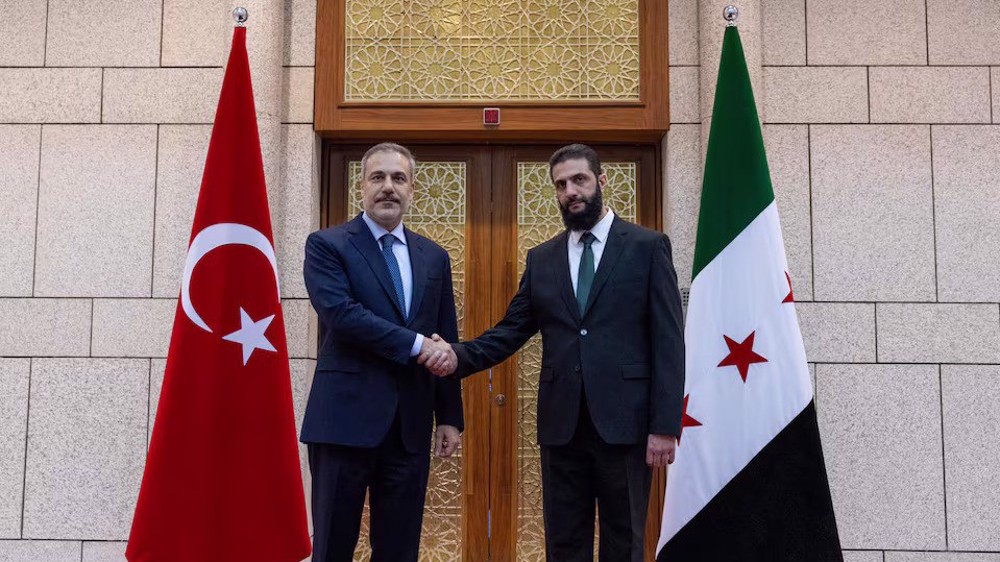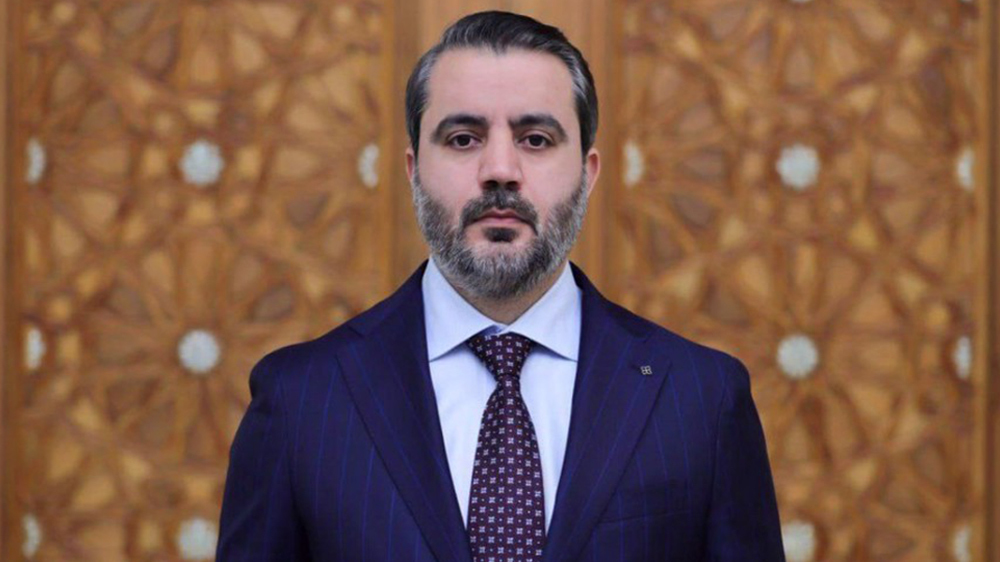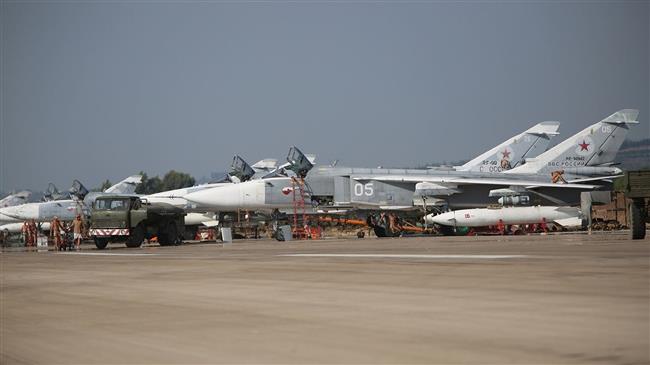Russia expands air defense network in Syria to US dismay: Report
Russia has reportedly completed an advanced anti-access/area denial network in Syria, posing a challenge to US military presence in the Arab country and the Eastern Mediterranean Sea.
The Washington-based Institute for the Study of War (ISW) said in new report that in 2015, Russia began to establish a partial independent air defense network in Syria to protect its military assets at the Hmeimim Airbase and Tartus Naval Facility on the Mediterranean Coast.
Since then, the report said, Moscow has deployed S-300 and S-400 missile defense systems as well as four unique electronic warfare systems to Syria.
It also stationed at least one advanced 1L122-1E targeting radar and Barnaul-T mobile command-and-control system for short-range air defense systems in the war-torn state, the report added.
The report further noted that Russia opted to expand its air defense network in Syria following the April 14 western missile strike on Syria and the September 17 accidental downing of an Il-20 reconnaissance aircraft in the country.
"Russia has finished an advanced anti-access/area denial (A2AD) network in Syria that combines its own air defense and electronic warfare systems with modernized equipment formerly commanded by Syria. Russia can use these capabilities to mount a long-term strategic challenge the US and NATO in the Eastern Mediterranean Sea and the Middle East," the ISW report said.
It also stressed that recent deployments to Syria "significantly widen the geographic reach of Russia’s air defense network" there.
Russian jets have been targeting positions held by terror outfits inside Syria at the Damascus government’s request since September 2015. The airstrikes have helped Syrian forces advance against the militants, who have been wreaking havoc in the Arab country since 2011.
Elsewhere, the report said that Russia's expanded presence in Syria is meant to force American troops' pullout while disrupting a bombing campaign by the US and its allies against alleged Daesh positions inside the country.
"Russia is currently positioned to disrupt US' anti-ISIS Coalition and constrain future military options for the US in Syria," it said.
"Russia ultimately aims to use its technical capabilities as part of its wider campaign to force the withdrawal of the US anti-ISIS (Daesh) coalition from Syria. Russia can use these systems to decrease the overall freedom of maneuver - and increase the overall risk - faced by the US in Syria."
The report further said that Russia's air defense network in Syria would increase the cost of future airstrikes by Israel on the Syrian soil.
"The US and Israel both must be prepared to suppress a larger number of air defense systems and use more expensive stealth aircraft such as the F-35 in Syria. Russia stands to gain a long-term strategic advantage over NATO through its new capabilities in Syria. The US and NATO must now account for the risk of a dangerous escalation in the Middle East amidst any confrontation with Russia in Eastern Europe," it added.
‘All wars have rules. All of those rules have been broken’ by Israel
VIDEO | Report flags India’s violation of rights of Rohingya detainees
Turkey's foreign minister meets Syria's de facto leader in Damascus
'Next to impossible' to rescue patients from Gaza's Kamal Adwan Hospital: Director
VIDEO | Vietnam current prosperity
Report blames gasoil exports for shortage at Iranian power plants
VIDEO | Hind Rajab Foundation names Israeli war criminals vacationing after Gaza genocide
VIDEO | Australians rally for Gaza ahead of Christmas festivities
















 This makes it easy to access the Press TV website
This makes it easy to access the Press TV website